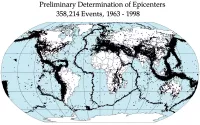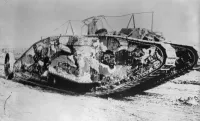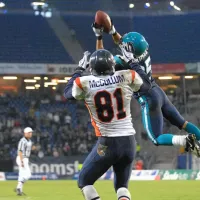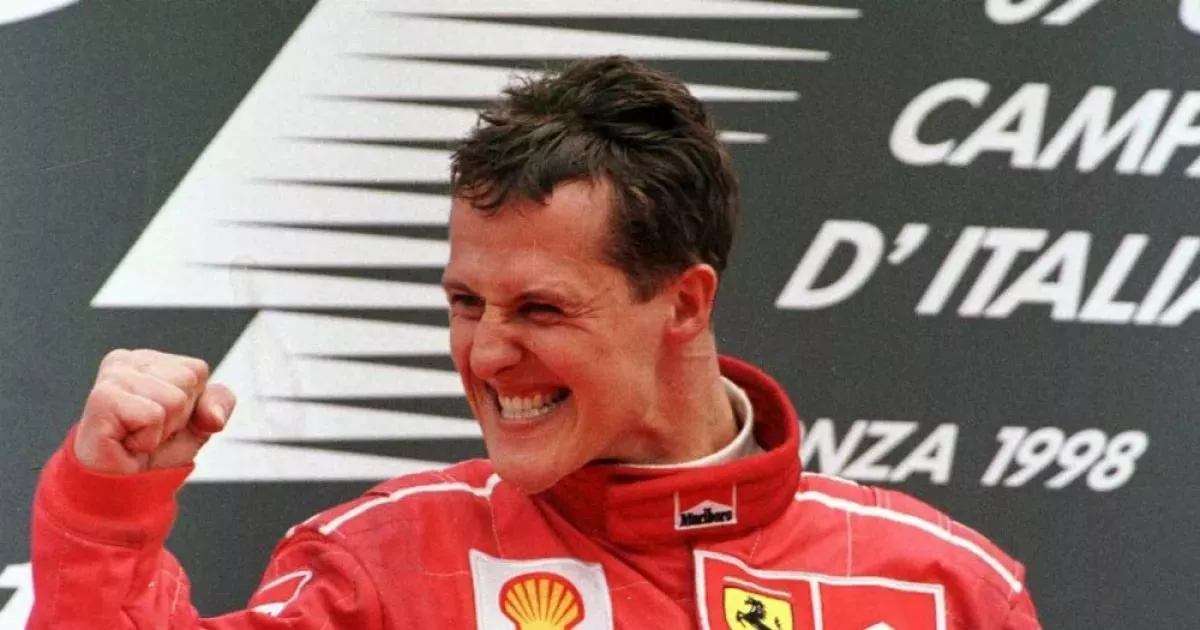Resilience and perseverance in the journey of Michael Schumacher. A timeline of obstacles and growth.
Michael Schumacher is a retired German Formula One racing driver, widely regarded as one of the greatest of all time. He holds a joint record of seven Formula One World Drivers' Championship titles. He dominated the sport for over a decade, primarily with Benetton and Ferrari. At the time of his retirement, he held numerous records, including most wins, pole positions, and podium finishes, although many have since been surpassed. He still holds the record for the most fastest laps. His career spanned from 1991 to 2006 and 2010 to 2012.
1991: First Winless Year Since 1991
In 2010, for the first time since 1991, Michael Schumacher finished a year without a win, pole position, podium, or fastest lap.
1994: Reliability Issues and Revoked Win
In 1994, reliability issues caused him to finish lower than first and one win was revoked, impacting his potential to win more races.
1994: Arguably driving an inferior car in 1994
Michael Schumacher arguably drove an inferior car and either won or narrowly missed the 1994 World Championship.
1994: San Marino Grand Prix and Allegations of Cheating
The 1994 season, especially the San Marino Grand Prix, was marred by the deaths of Ayrton Senna and Roland Ratzenberger, witnessed by Schumacher. Following these events, there were allegations of cheating during the 1994 Formula One season involving several teams, most particularly Schumacher's Benetton, for allegedly breaking the sport's technical regulations by the use of electronic aids.
1997: Disqualification from World Drivers' Championship
In 1997, Michael Schumacher was disqualified from the World Drivers' Championship due to dangerous driving in the European Grand Prix, causing an accident with Jacques Villeneuve.
1997: Schumacher Disqualified from Championship
In 1997, Schumacher and Villeneuve competed for the title, in what has been described as the sport's most dramatic and controversial season finale. Schumacher was disqualified from the entire 1997 Drivers' Championship after an FIA disciplinary hearing found that his "manoeuvre was an instinctive reaction and although deliberate not made with malice or premeditation, it was a serious error."
1997: Arguably driving an inferior car in 1997
Michael Schumacher arguably drove an inferior car and either won or narrowly missed the 1997 World Championship.
1998: Häkkinen Title Rivalry
In 1998, Finnish driver Mika Häkkinen became Schumacher's main title rival. Driving the superior McLaren MP4/13, Häkkinen won the first two races of the season, gaining a 16-point advantage over Schumacher. Schumacher took six victories and had five other podium finishes.
1998: Collision with Coulthard
In 1998, Michael Schumacher had an unfortunate collision with Coulthard, preventing him from winning more races.
1998: Title Contender
In 1998, Michael Schumacher was again a title contender but did not win the championship, losing out in the final race of the season.
1998: Controversies and Championship Loss
In 1998, Schumacher faced two controversies: one at the British Grand Prix regarding a pit lane penalty, and another at the Belgian Grand Prix where he collided with Coulthard. Heading into the final race, the Japanese Grand Prix, Häkkinen held a four-point advantage over Schumacher and won the Drivers' Championship.
1998: Arguably driving an inferior car in 1998
Michael Schumacher arguably drove an inferior car and either won or narrowly missed the 1998 World Championship.
1999: Broken Leg
In 1999, Michael Schumacher suffered a broken leg due to brake failure during a race.
1999: Ferrari won Constructors' Championship; Schumacher's accident at British Grand Prix
In 1999, Schumacher contributed to Ferrari winning the Constructors' Championship, their first since 1983. At the British Grand Prix, a rear brake failure caused a crash, resulting in a broken leg and a 98-day absence, where he was replaced by Mika Salo. Upon his return at the Malaysian Grand Prix, he qualified in pole position and then supported Eddie Irvine's championship bid.
1999: Possible World Championship win in 1999
In 1999, it is argued that Michael Schumacher would have won the World Championship had he not been injured, as the performance gap from McLaren was far smaller than in 1998.
2000: Arguably driving an inferior car in 2000
Michael Schumacher arguably drove an inferior car and either won or narrowly missed the 2000 World Championship.
2003: Schumacher wins his sixth Drivers' Championship
In 2003, Schumacher secured his sixth Drivers' Championship after a closely contested battle. New regulations and a points system made the championship more competitive. He won the San Marino Grand Prix despite personal loss and faced strong competition from Räikkönen and Montoya. At the Japanese Grand Prix, he finished eighth, securing the one point needed to win the title.
2004: Collision with Juan Pablo Montoya
In 2004, Michael Schumacher had an unfortunate collision with Juan Pablo Montoya, preventing him from winning more races.
2005: Schumacher's struggles and sole win at the United States Grand Prix
In 2005, rule changes favored teams using Michelins, impacting Ferrari's performance. Schumacher had a notable battle with Alonso at the San Marino Grand Prix but acknowledged his reduced competitiveness. His sole win came at the United States Grand Prix after Michelin-equipped teams withdrew due to safety concerns. He finished the season in third place with 62 points.
July 2009: Aborted Formula One Return
In July 2009, Ferrari announced plans to draft Michael Schumacher to replace the injured Felipe Massa for the European Grand Prix. However, due to a neck injury, Schumacher had to call off his return, describing it as his "toughest moment".
2009: Impact of Motorcycle Accident
In 2009, it has been argued that Michael Schumacher's motorcycle accident, and the damaged neurons from a neck injury, was probably responsible for his lack of form second time around than age or length of absence.
2010: Return to Formula One and Initial Struggles
In 2010, Michael Schumacher finished sixth in the Bahrain Grand Prix, his first race after returning to Formula One. He faced challenges, finishing behind teammate Nico Rosberg in the initial races. There were questions about whether Schumacher was still competitive.
2012: Retirement at Monaco Grand Prix
Michael Schumacher experienced a retirement at the 2012 Monaco Grand Prix.
December 2013: Skiing Accident
In December 2013, Michael Schumacher suffered a severe brain injury in a skiing accident, leading to a medically induced coma.
2013: Skiing Accident
Before his skiing accident in 2013, Schumacher's main hobbies included horse riding, motorcycle racing, sky diving, and playing football for his local team FC Echichens.
June 2014: Move to Lausanne University Hospital
In June 2014, Michael Schumacher left Grenoble Hospital for further rehabilitation at the Lausanne University Hospital, Switzerland.
June 2014: Coming Out of Coma
In June 2014, Michael Schumacher was brought out of his medically induced coma and transferred from the hospital in Grenoble to Lausanne University Hospital for further rehabilitation.
September 2014: Return Home for Rehabilitation
In September 2014, Michael Schumacher left the hospital and was brought back to his home for further rehabilitation.
September 2014: Relocation to Home for Treatment
In September 2014, Michael Schumacher was relocated to his home to receive medical treatment and rehabilitation privately.
November 2014: Reports of Paralysis and Memory Problems
In November 2014, it was reported that Michael Schumacher was "paralysed and in a wheelchair", and that he "cannot speak and has memory problems".
September 2016: Lawyer States Schumacher Cannot Walk
In September 2016, Felix Damm, lawyer for Schumacher, told a German court that his client "cannot walk", in response to reports from December 2015 in German publication Die Bunte that he could walk again.
Mentioned in this timeline
Germany officially the Federal Republic of Germany is a Western...

Lewis Hamilton is a British Formula One racing driver currently...

An earthquake is the shaking of the Earth's surface caused...

A tank is an armored fighting vehicle designed for front-line...

Football is a family of team sports primarily involving kicking...
Monaco officially the Principality of Monaco is a sovereign city-state...
Trending

7 months ago George Wendt, 'Cheers' Star, Remembered Fondly After Death; Sudeikis Shares Memory
Brady Cook is an American football quarterback currently playing for the New York Jets in the NFL Before joining the...

7 months ago Lewis Pullman's Sentry costume revealed for 'Thunderbolts' in exclusive first look and interviews.
16 days ago StubHub Holdings Faces Investigation for Potential Securities Fraud; Law Firms Alert Investors.
21 days ago Diane Keaton Defended Woody Allen Until Death Despite Abuse Allegations, Sources Say
1 month ago Rocket Lab's Q3 2025 Results: Record Revenue Growth Fuels Stock Surge.
Popular

Candace Owens is an American conservative political commentator and author...

Ilhan Omar is an American politician currently serving as the...

XXXTentacion born Jahseh Dwayne Ricardo Onfroy was a controversial yet...
Matt and Ross Duffer known as the Duffer Brothers are...

Tom Cotton is an American politician and Army veteran currently...
The Kennedy Center Honors are annual awards recognizing individuals and...
